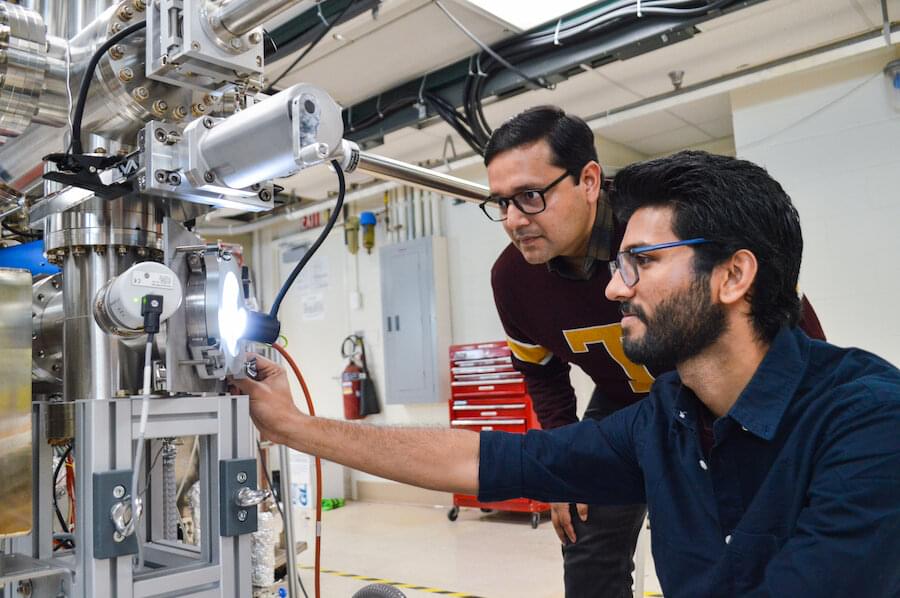A University of Minnesota Twin Cities-led team has developed a first-of-its-kind, breakthrough method that makes it easier to create high-quality metal oxide thin films out of “stubborn” metals that have historically been difficult to synthesize in an atomically precise manner. This research paves the way for scientists to develop better materials for various next-generation applications including quantum computing, microelectronics, sensors, and energy catalysis.
The researchers’ paper is published in Nature Nanotechnology.
“This is truly remarkable discovery, as it unveils an unparalleled and simple way for navigating material synthesis at the atomic scale by harnessing the power of epitaxial strain,” said Bharat Jalan, senior author on the paper and a professor and Shell Chair in the University of Minnesota Department of Chemical Engineering and Materials Science.
